China’s Belt and Road plan projected to have massive economic benefits — but there are major concerns
The effects of its trillion-dollar project will be felt around the world, but China has been accused of pushing poor nations into a “debt trap”.
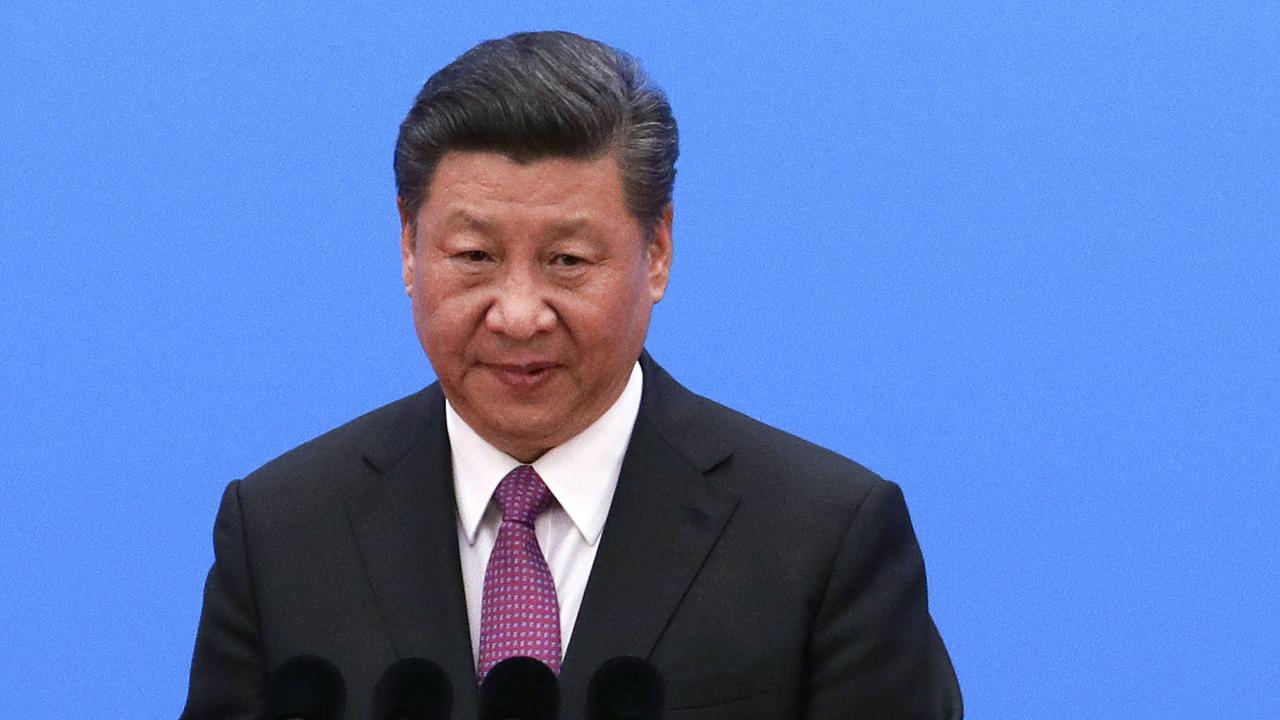
Over the weekend, President Xi Jinping held a forum of key international players to promote one of China’s most important projects — the Belt and Road Initiative.
The Belt and Road Initiative is an ambitious trillion-dollar project said to have massive economic benefits that will be felt across the world.
According to the World Bank, the plan is expected to lift global GDP growth by 3 per cent — more than any free trade agreement — and it’s instrumental to Mr Xi achieving his goal of putting China back at the economic and political “centre” of the world.
There’s just one big problem. The Chinese ruler, who is no longer bound to a two-term limit, has copped criticism over the project, with accusations of employing a “debt-trap strategy”, leaving poorer countries worse off and maintaining a woeful human rights record.
XI DEFENDS BELT AND ROAD PROJECT
Critics have noted Mr Xi spent less time talking about funding for the project and more time deflecting criticism of the project at the Beijing forum.
The project seeks to connect countries across continents on trade by creating a 6000km sea route connecting China to South East Asia, Oceania and North Africa (the “Road”), as well as through building railway and road infrastructure to connect China with Central and West Asia, the Middle East and Europe (the “Belt”).
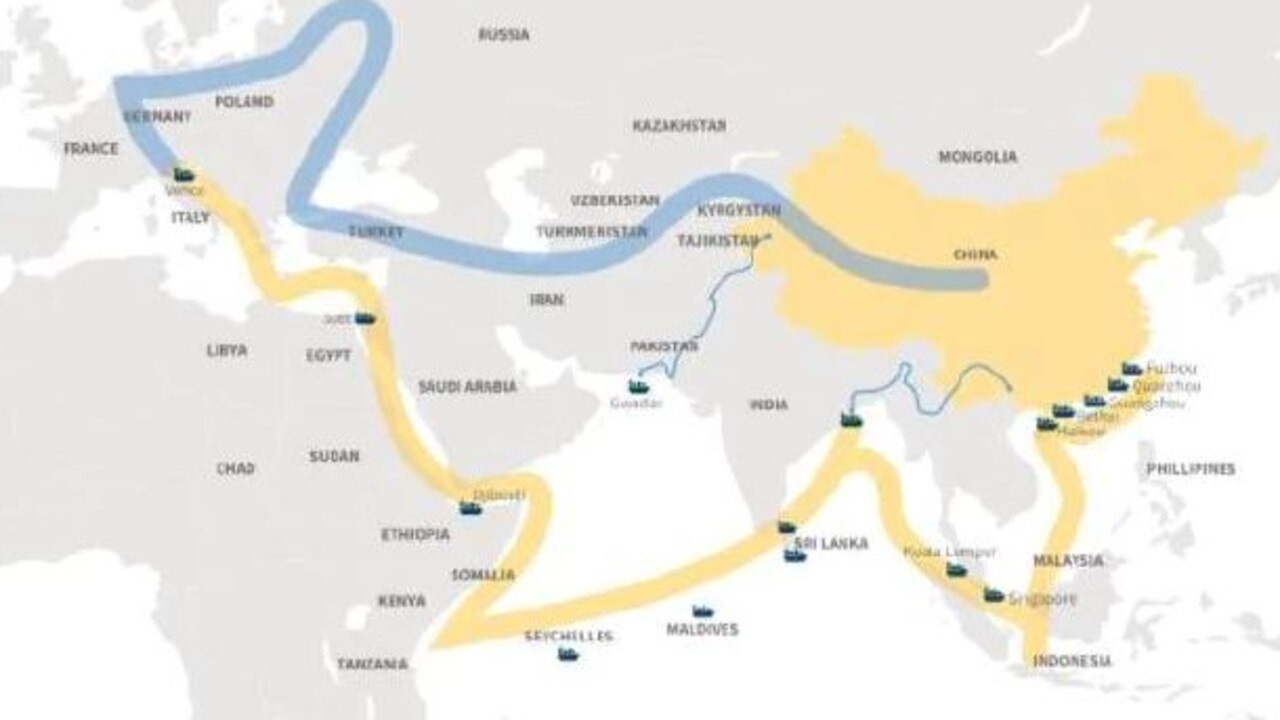
Its potential benefits have been documented, with a recent World Bank study saying the project could lift global GDP by up to 3 per cent — more than any free trade agreement.
The project itself is thought to be worth US$1.5 trillion.
So far, 126 countries and 29 international organisations have at least signed co-operation documents with China.
Total trade between China and other Belt and Road countries has exceeded $US6 trillion, China’s investment in these countries has exceeded $US80 billion and Chinese companies are generating over $US2 billion in tax revenue and 300,000 jobs for locals, according to the US’ China ambassador Cui Tiankai.
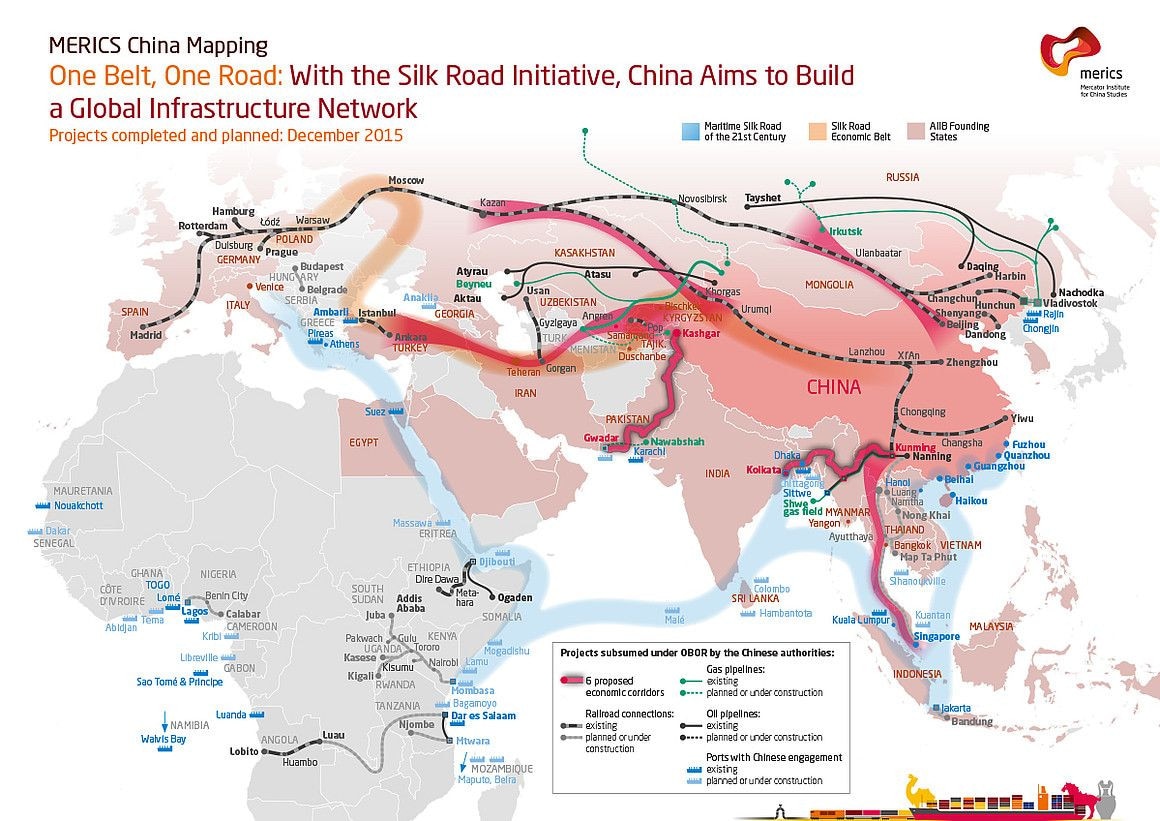
CONCERNS OVER CHINA’S AMBITIONS
Australia, Japan, India, the US and countries in Western Europe share concerns about China’s Belt and Road Initiative.
The country has faced accusations of employing a “debt-trap” strategy that saddles poorer countries in debt. That is, they offer the honey of cheap infrastructure loans, then attack with the sting of default when these poorer economies aren’t able to pay their interest down.
This has happened in poorer countries from Tajikistan to Sri Lanka where China has made land grabs following failed debt repayments.
The rising superpower has long faced accusations of forcing other countries to align themselves with it.
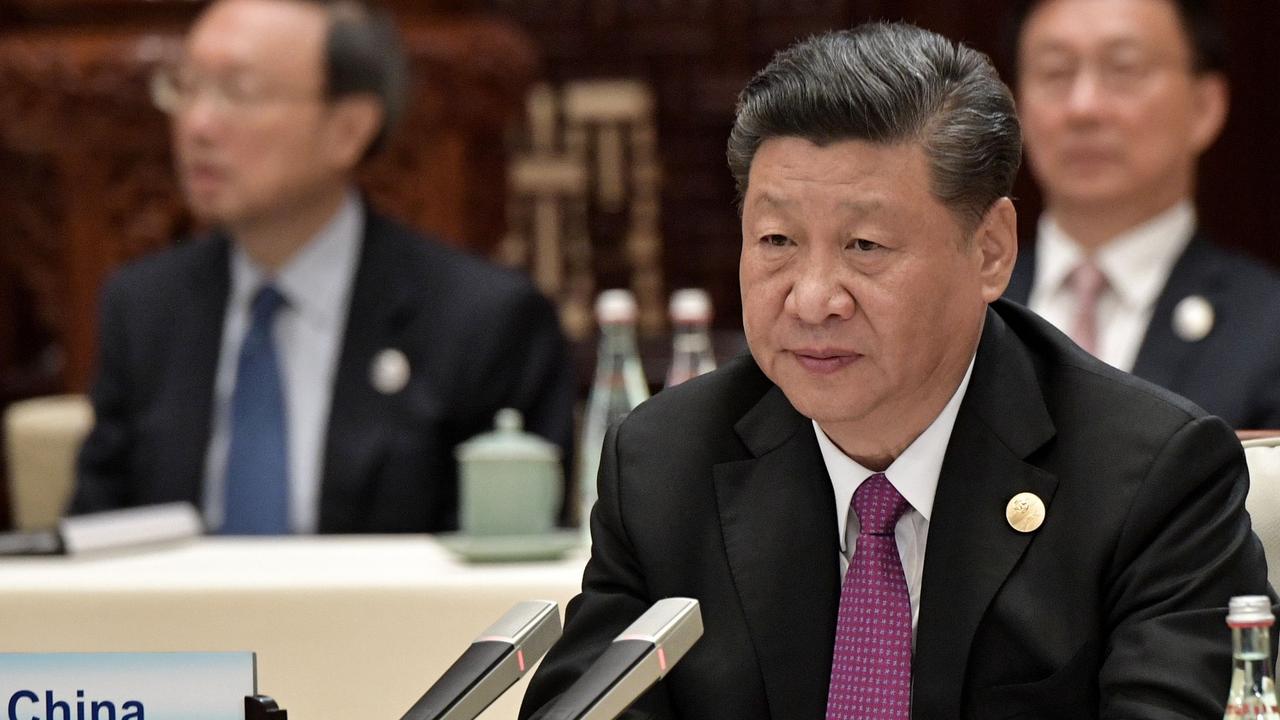
China answers these criticisms by insisting its tens of billions of dollars in loans are fostering global prosperity — a line reiterated by Mr Xi at the forum.
He stressed the trillion-dollar plan would benefit “all of its participants” and not just China.
“The Belt and Road is not an exclusive club,” he said at the Beijing forum. “It aims to enhance the connectivity and practical co-operation (of all countries involved) … delivering a win-win outcome and common development.”
He insisted China would consult and share contributions and benefits with all of the countries involved.
He also avoided directly bringing up the ongoing trade war with the US, instead focusing on how China won’t engage in currency devaluation that “harms others”.
China has also been criticised for lending money to vulnerable states with an indifference to economic risks.
The World Bank’s favourable analysis has also come into question, with The Economist noting it only works if it assumes that Belt and Road projects are completed and work efficiently.
“The scale of the effort is a huge challenge, and such projects are a magnet for graft. Vast sums are being spent quickly in badly-run places.”
“America, India and Japan want little to do with it,” the report adds. “One reason is that China is, in effect, asking others not only to sign up to its infrastructure plans but also to endorse Mr Xi’s worldview.”
This brings us to the other major issue — China’s woeful human rights track record.
There are ongoing reports of severe security policies imposed on the mostly-Muslim ethnic minorities of Xinjiang, a vast border region to China’s far west.
Key recipients of BRI projects have refrained from publicly criticising China’s Xinjiang approach despite discontent within their own countries.
“Frankly, I don’t know much about that,” Pakistani Prime Minister Imran Khan told the Financial Times in March when asked about China’s treatment of minority groups.
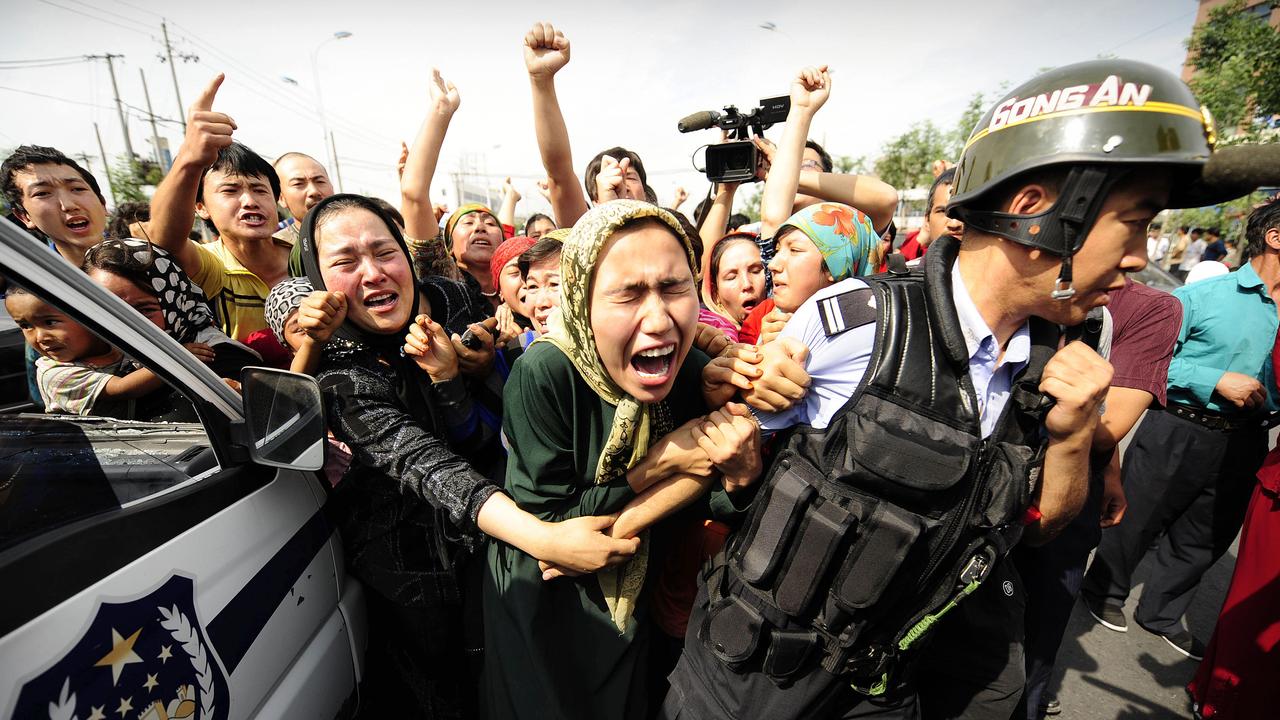
Researchers say the Belt and Road plan has played an important part in China’s crackdown on Xinjiang because the region sits at the heart of all those highways, railways and gas pipelines.
Kazakhstan and China share the massive, special trade hub in Khorgos, a city in Xinjiang where traders can shop for clothes, kitchenware and other goods without needing a visa to go through security checkpoints.
“The goods are cheaper there. Every day we can come to the border without it (feeling) like a border,” said Aida Massimzhanova, a resident of Kazakhstan’s largest city Almaty.
But Khorgos is also a reminder of China’s tightening stance on the Muslim faith that is dominant in Kazakhstan.
A Kazakh journalist on a press tour was told by Kazakh officials she would not be able to pass through the Chinese security check if she kept her hijab. She chose to stay back.
On the Chinese side, journalists were prevented from approaching a sign showing Muslim veils are prohibited — an apparent violation of an agreement on a common law governing the special trade zone.
Authorities have banned a number of Muslim practices in Xinjiang, including wearing “abnormal” beards.
Mass detentions in Xinjiang failed to get a mention during Mr Xi’s forum talks, and the Government continues to deny reports of torture and a lack of freedom.
The Chinese foreign ministry did not respond to questions related to security or detentions in Xinjiang but said in a statement Belt and Road “has become the main line of co-operation between China and Central Asian countries”.
— with AFP



